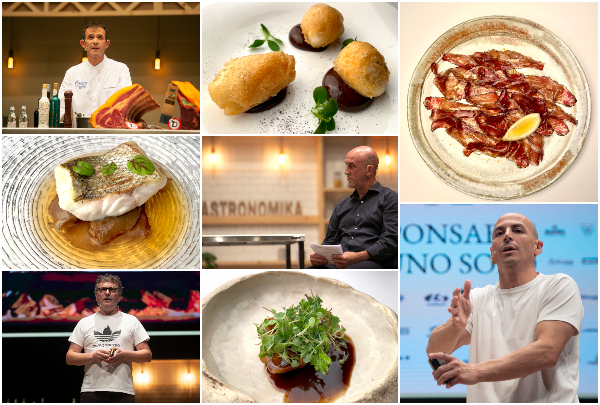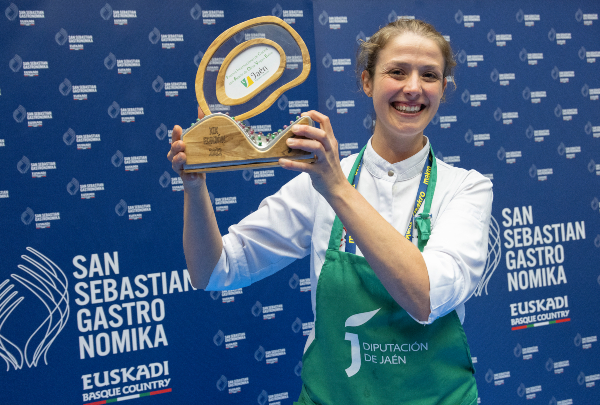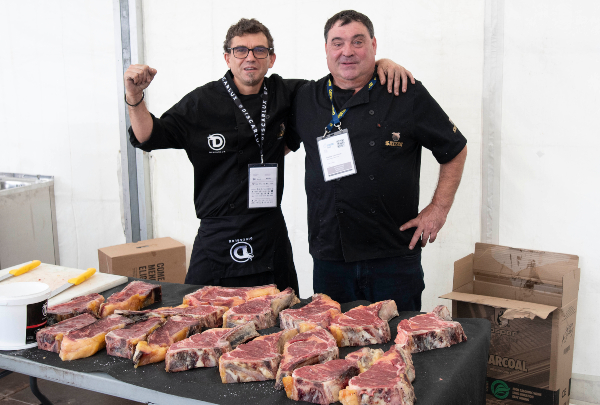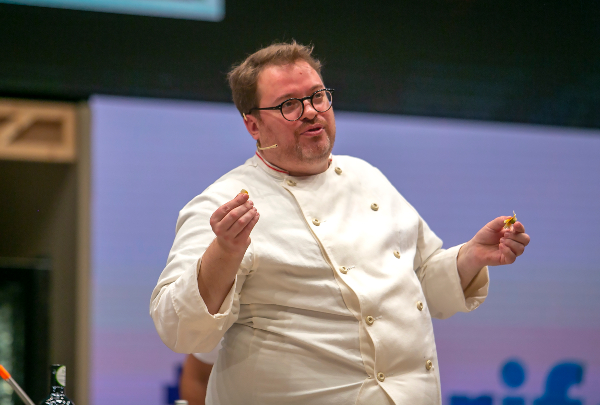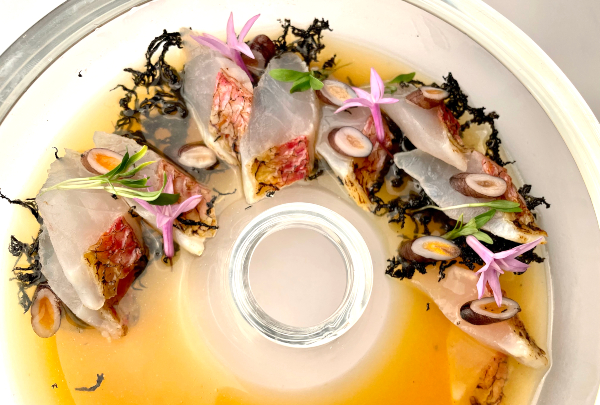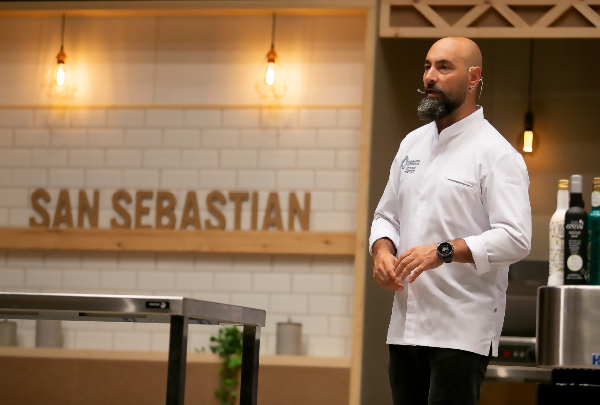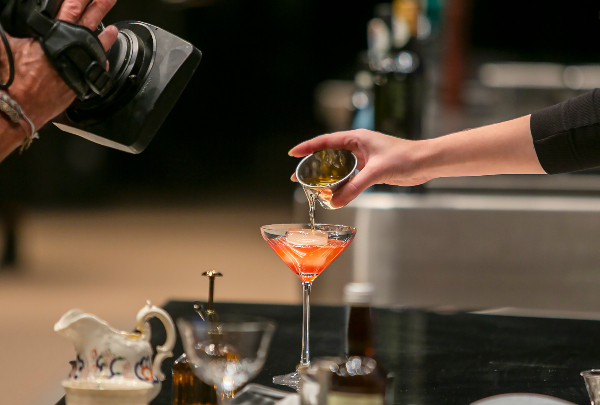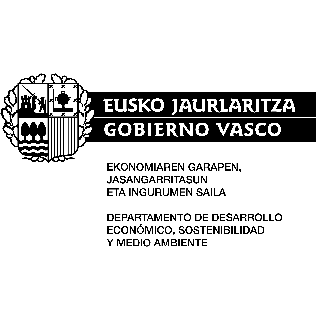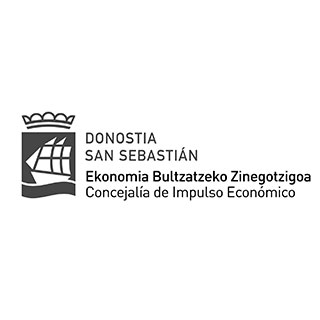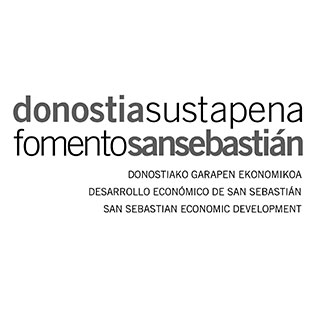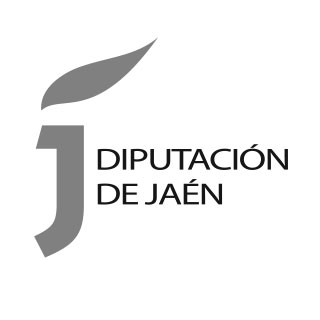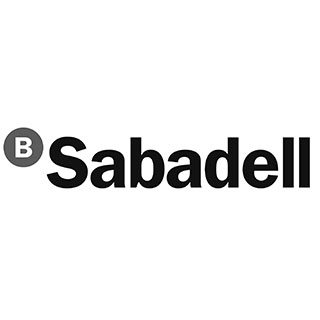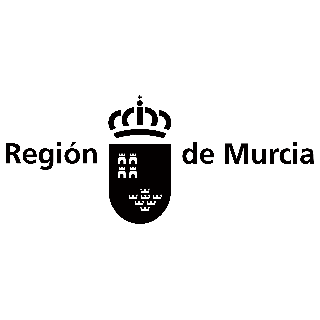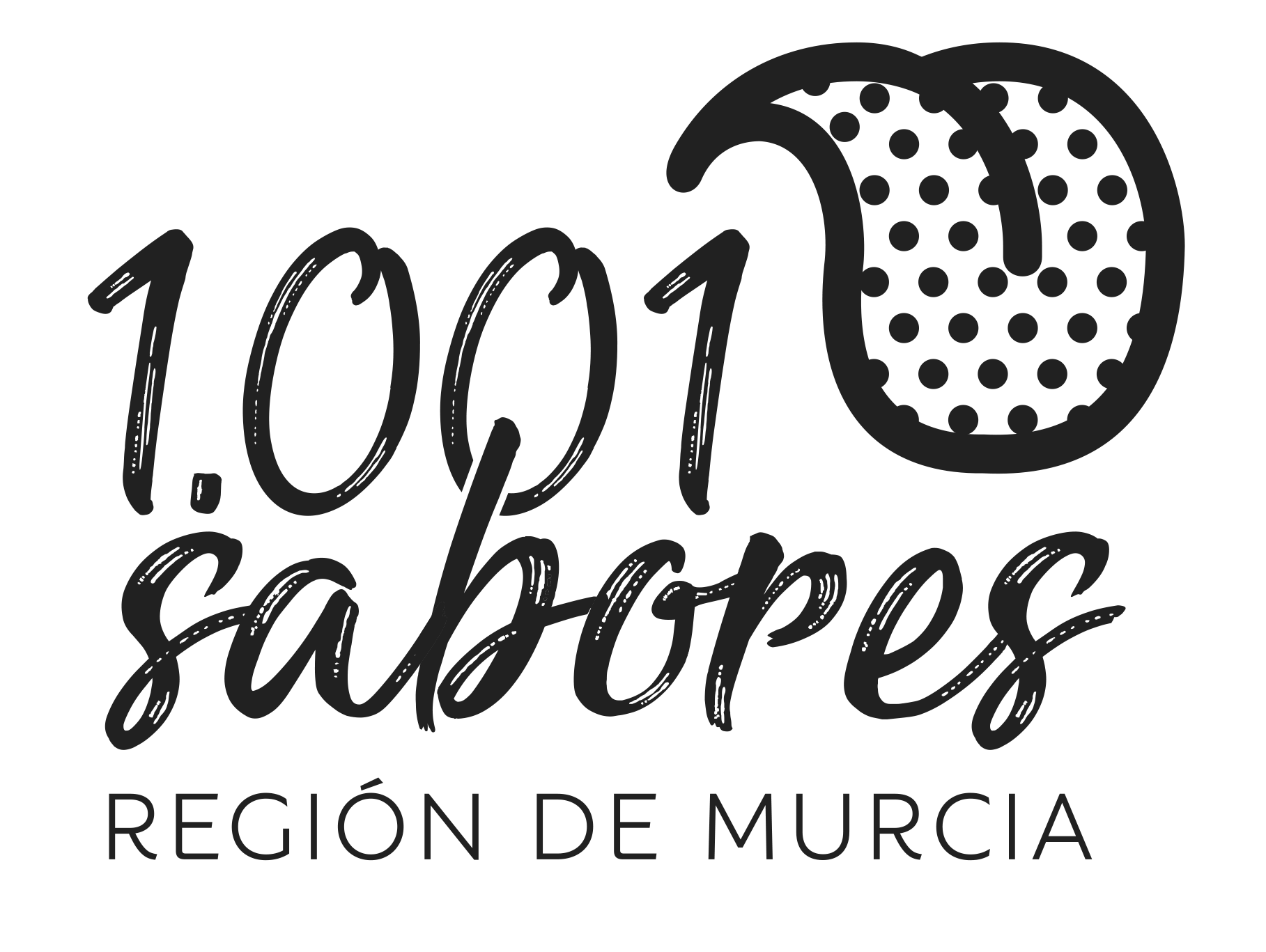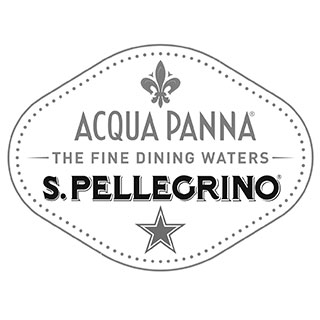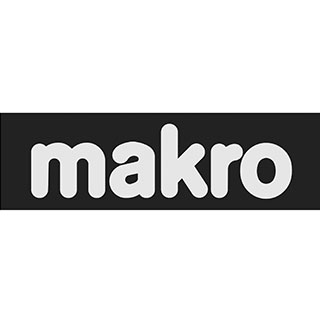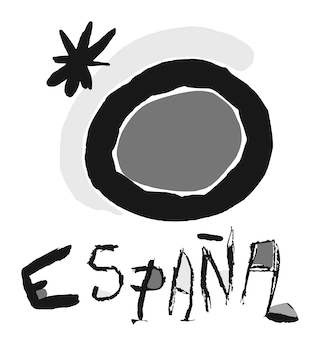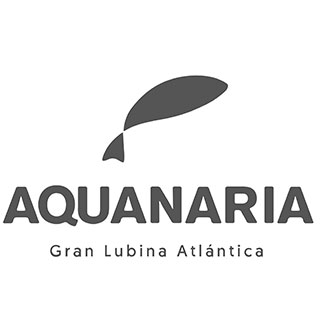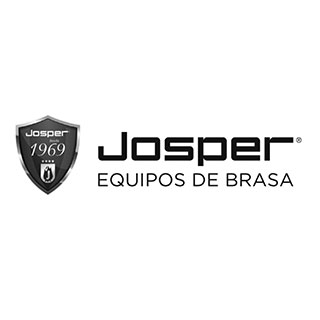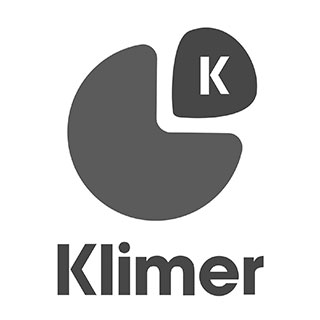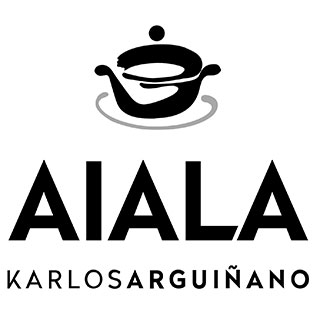News
A trip from the past to the future
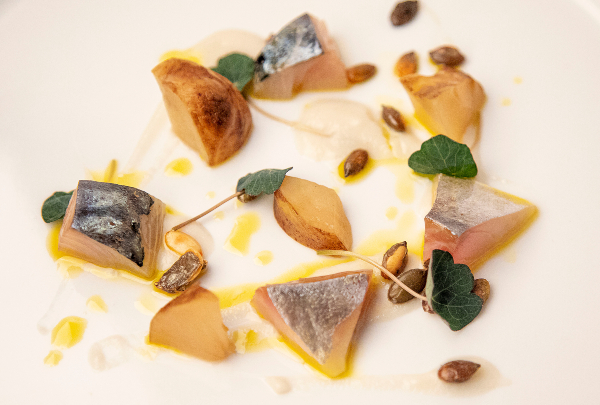
Elena Arzak; Jorge Martín, head chef at Grupo Dani García along with Massi Delle Vedove, head chef at the Smoke Room, and Eneko Atxa.
Elena Arzak began her talk with a look at the history of Arzak's menus. A few thousand of them since 1969, when the first one came out. The trajectory included the original handwritten documents up to the most sophisticated. “A menu is more than a list of recipes, it's a statement of the restaurant's identity. A way of sharing its raison d`être and existence. It's a love letter to the product, the producer, the details, the know-how, the technique and the diner", Elena explained. “And, to continue with the simile, the sampling menu is the chef's signature".
A menu also demonstrates evolution, not only of the restaurant's gastronomic fare, but also evolution of techniques, formats, the way in which an ingredient is treated, the will to improve ... "and this is what is responsible for three Michelin stars", said the chef.
The list of menus also brought Elena to the following reflection: "And what's going to happen now?" Today you can get fresh seafood, even at a considerable distance from the sea; now there are techniques that were impossible to replicate even a few years ago such as liquid nitrogen; the hospitality sector has undergone a crisis that forced us to rethink the menu, but most of all there was a new diner base with different sensitivities, with intolerances, trying to shun the traditional sampling menu because they want to choose, enjoy a unique, personal experience ... They come with a recipe in their heads because they've seen it on the web ... Diners who seek the flexibilisation they subject themselves to in their daily round, and seek to build their own menu”.
Elena Arzak feels that the answer lies in experience and professionalism, because it is the tools "that will bring them to trust us You have to make them feel that coming to us is worthwhile, they have to understand everything that goes into a recipe, everything a restaurant implies. 20-euro menus are not viable with all the infrastructure there is behind", she asserts. And, she adds, "diners want to be able to choose, to have an experience in which they understand the price and feel it is right". And she had a question for the congress: "Do you think the sampling menu is a concept that's losing its pull, or that restaurants should give so much freedom to allow diners to choose? This is a debate that deserves a congress all on its own.”
Igor Zalacaín, Elena's right-hand man at Arzak, took up this reflection and developments in gastronomic fare down through the years. “I saw chefs presenting a recipe, and over the years they demonstrated their different versions by way of an evolution. This is something that didn't happen with one of our egg recipes. It's a product of 1997, when we wrapped up the egg in film. This was very important, because previously eggs were only boiled or fried. This was even published in the New York Times. But since then we had done a number of versions, although they didn't convince us, to date", Igor admits.
By way of a demonstration of this evolutionary step, the chef explained that, instead of daubing the film with oil, they apply praline with wild mushrooms. “The film stays wrapped around the egg, which cooks in around four minutes, but the result is most significant", said Zalacaín.
Igor and Elena explained that here the moulds were a very important part in the process. “You can make moulds of anything now thanks to technology. We're almost working with papermaking machinery. Lasers allow us to make any kind of formats we want, a very precise kind of machinery".
The other two recipes to round off the talk and show the progress made were mackerel with Jerusalem artichoke and squid presented with its crunchy replica.
The present lies in the grill and an Asian touch
Jorge Martín, head chef at Grupo Dani García and Massi Delle Vedove, head chef at the Smoke Room, were next on stage. Dani García was supposed to be there, but bronchitis prevented him from travelling.
The two chefs, after apologising on behalf of Dani, provided an update on the Smoke Room restaurant, starting off with a video, which was followed by eight recipes.
The common denominator for all of them was grilling and the smoking of several materials - not just with wood from a variety of trees, but also fish bones, or algae, for example - and the Asian touch of ingredients and techniques.
Dani García feels that the difficulty of haute cuisine is getting 80 crayfish of the same size and quality. “That's why our Smoke Room restaurant is small", said Martín.
He and Massi Delle Vedove then produced eight of the recipes currently on the restaurant's sampling menu. As follows: Motril shrimps in green yuzu; bourguignon barnacles with codium algae; Smoked caviar on traditional stock with algae; Roast tomato juice with cherry cured in salt and sugar; Lobster cured in algae with green pepper sauce; Smoked butter crayfish; Sea cucumber spaghetti with green shisho pesto; Wagyu with 34-year aged soya in cedar barrelettes and fresh wasabi and Caquis with Comté cheese filling with sweet truffle.
The future is in the stars
Eneko Atxa kicked off with a video on Azurmendi to give congress-goers some context on the present of Azurmendi; he produced six recipes to demonstrate how his cookery attempts to refocus traditional recipes, and touched on his new projects.
The major new features: the upcoming opening of NKO in Madrid, and most especially his work with NASA. This was touched on by scientist Eneko Aspe: “Our new projects at NASA focus on colonising other satellites and planets. The thing is, we can't take materials such as cement to build there. So we're studying other kinds of materials such as mycelium. Mycelium is found in fungi as a network of filaments with a structure quite similar to wood, only lighter, strong, compostable, sustainable, with rapid reproduction times ... NASA intends to create these materials through living beings, but before they're tested there, they have to be tested here. And this is where Azurmendi and Eneko come in. Space technology, applied to the Earth, gave rise to the lyophilisation that is used by all restaurants nowadays. We're trying to generate new structures with different types of substrates", explained the scientist. They have carried out tests at Azurmendi with bowls of mycelium and coffee leftovers.
NASA is not only studying construction materials for future architecture on other planets, but it is also interested in what astronauts are going to eat "when they colonise Mars", says Aspe. “Potatoes could be planted on the planet, but they don't have much protein, whereas mycelium has between 9 and 45%. Mycelium will not only help out with the construction of sustainable materials but also with future space food. Extremophiles can travel under conditions of extreme pressure, temperature and speed ... and this is how we teamed up with Eneko”.
The chef pointed out how important food is, and how necessary training is in this regard. “People come to my restaurant and tell me that, if they eat such-and-such a product, they die. That's quite a responsibility for a chef, because we don't have enough information to cope with these situations, and this is a complex problem. So we worked with the University of Galdako to bring up a number of menus for people with eating disorders”. The first step was for his project with NASA.
Eneko Atxa rounded off his talk with a personal anecdote and a wish: “I have two daughters, 9 and 12 years old. I wonder how useful what I do can be to them. I would like what we do at restaurants to be passed on to the home. Programming menus, managing purchases, trying to prevent waste ... and now I would like to teach them to cook, how to extend the useful life of products, and what to do with organic waste ... If we can pool all this, we're empowering the entire population, and we can have a society that will genuinely lead our health. Children don't find it so hard to learn or accept changes, unlike adults".
